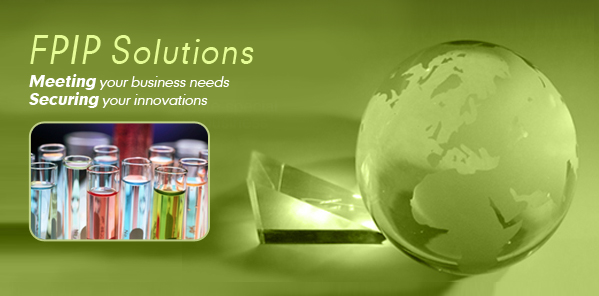
The Internet has transformed our everyday life in countless ways – from how we receive information, meet new acquaintances, and develop our ideas to our purchasing behavior, our selection of entertainment, and our awareness of global trends. Rapid innovation has been the hallmark of the Web with patents playing an important role in technology-standard wars. The social network has brought with it huge opportunities for creative entrepreneurs to develop clever ideas into an IP strategy that can protect and sustain powerful platforms in the constantly-evolving Web 2.0. The explosion of mobile applications has provided even greater business opportunities to inspired and imaginative individuals with a DIY mindset and an entrepreneurial flair. As a result, a host of intellectual property firms have entered the arena with varying degrees of competence in adapting to such a dynamic playing field.
Meanwhile, methods of doing business have raised significant controversy in the IP world. In the USPTO, they satisfy the threshold for allowable subject matter provided several criteria are met. However, the somewhat ambiguously-named “business method” patent has been called into question in the courts. Such methods are not patentable in the EPO and many other jurisdictions.
Business-method patents refer to methods that enable and/or perform one or more novel business processes. While the status of patenting such inventions is (and will probably remain) somewhat dynamic, a best-practices approach to patent drafting for now is to try to satisfy the so-called “machine-or-transformation test” as a basis for your invention. Basically, this means that a strong IP strategy should:
- connect process steps to a machine (typically a computing device) and processes in the machine (such as extracting data from databases); and/or
- create a transformation in the real world either as pre-computer process activity (such as collecting data, to be processed, from a sensor), or post-computer process activity (such as sending processed data to actuate a device) – these are referred to as “safe harbors” in the USPTO’s guidelines for statutory process claims. This has similar ramifications for inventions that cover methods of medical diagnosis and treatment.
This threshold issue has also created concern over patentability requirements for software inventions. While the same criteria have to be met, one should consider carefully, during the patent-drafting stage, ways to link computational elements to tangible components (for example, data objects or packets should be additionally classified as electrical signals in patent disclosures). This is to avoid the invention being interpreted as being equivalent to a mental or “pen-and-paper” process.
FlashPoint IP, a leader among intellectual property firms, factors these wide-ranging aspects into the process of securing patent protection, whether in performing a patent search of the prior art, engaging in patent drafting of applications, selecting how and where to file, or prosecuting your claims to an invention to help you maximize value in an extensive array of practice areas. Having Ph.D. degrees and industrial experience, our patent attorneys are adept at synthesizing the many facets needed to create a winning formula for your IP. Contact us to discuss your options regarding IP strategy and positioning, and how best to secure your rights.

